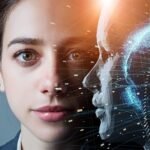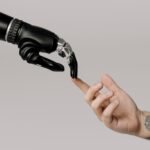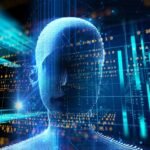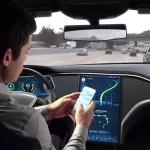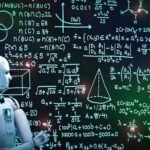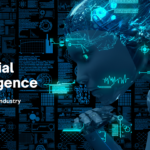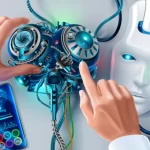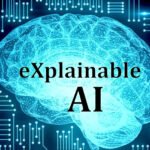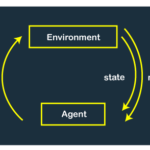Exploring Generative AI
Generative artificial intelligence (AI) is an exciting field that pushes the boundaries of what machines can create. By using advanced algorithms and deep learning techniques, generative AI models can generate original and creative content, such as images, music, and even text. This technology has the potential to revolutionize various industries, including art, design, entertainment, and marketing. Let’s delve into the world of generative AI and discover how it is unleashing new realms of creativity.
- Understanding Generative AI: From Imitation to Creation
Generative AI focuses on creating new content rather than imitating or replicating existing data. Unlike traditional AI models that rely on pattern recognition, generative models use complex algorithms to generate original content based on patterns and relationships learned from training data. These models learn from vast datasets and can generate realistic and novel outputs, often indistinguishable from human-created content.
- Visual Arts and Design: A Canvas for AI Creativity
Generative AI is making significant strides in the field of visual arts and design. AI models, such as Generative Adversarial Networks (GANs), can generate stunning, high-resolution images from scratch. Artists and designers can harness these models to create unique and imaginative visuals, explore new aesthetics, and generate endless possibilities for creative expression. From digital artwork to fashion design and architectural concepts, generative AI is reshaping the creative process and pushing artistic boundaries.
- Music and Sound Generation: Orchestrating New Melodies
Generative AI is also revolutionizing the field of music and sound generation. AI models can analyze vast libraries of music and create original compositions, imitating the style of specific artists or genres. These models can compose melodies, harmonies, and even generate entire symphonies. Music producers and composers can leverage generative AI to spark new ideas, explore unconventional compositions, and collaborate with the AI as a creative partner, opening up new horizons in the world of music.
- Text Generation and Natural Language Processing
Generative AI models have made significant advancements in natural language processing, enabling the creation of coherent and contextually relevant text. Language models, such as OpenAI’s GPT-3, can generate human-like text, write stories, and even engage in conversations. This technology has applications in content creation, virtual assistants, and automated customer support. With generative AI, writers can collaborate with AI co-authors, bloggers can generate topic-specific content, and businesses can create personalized and engaging communication with customers.
- Creative Collaborations: Humans and Machines as Co-Creators
Generative AI is not meant to replace human creativity but rather augment it. The collaboration between humans and machines opens up new possibilities for co-creation. Artists, designers, musicians, and writers can use generative AI as a tool to inspire, explore new directions, and overcome creative blocks. By leveraging AI’s ability to generate novel ideas and content, creators can push the boundaries of their own creativity, leading to exciting and unexpected outcomes.
- Ethical Considerations and Challenges
While generative AI offers immense creative potential, it also raises ethical considerations. Issues such as copyright infringement, ownership of generated content, and potential misuse of AI-generated content need to be addressed. Additionally, there is a risk of perpetuating biases present in training data, as AI models learn from existing datasets. It is crucial to ensure responsible and ethical use of generative AI technologies, with transparency and fairness as guiding principles.











